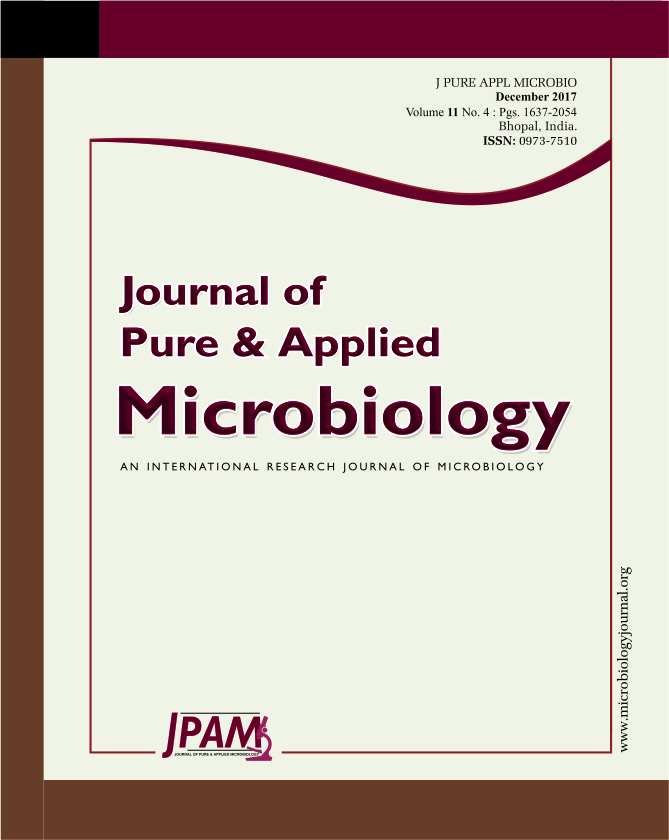The consumption of fresh produce has increased significantly in the recent decades. So far, no data are available on the bacteriological burden and the prevalence of foodborne pathogens in fresh produce of Beheira Governorate. The aim of the present study was to evaluate some food-borne pathogens namely: Salmonella, Listeria monocytogenes, and Escherichia coli O157:H7, in Beheira fresh produce. A total of 200 fresh produce samples were collected during a period of 11 month originating from different 21 agricultural fields, 13 marketplaces and 19 grocery stores in Beheira Governorate (Damanhour, El Mahmodya, Abo Homous and Kafr El Dawar) during April 2016 through March 2017. Out of 200 samples, 62 (31%) were contaminated with coliform. The highest coliform contaminated sources were that collected from grocery followed by market place then by agricultural field. The total mean log CFU/g ± SD for arugula, spinach and radish were the highest coliforms contaminated fresh produce among all tested fresh produce samples while cucumber was the lowest coliform contaminated fresh produce among all tested fresh produce samples. In the present study, 18 Salmonella, 4 L. monocytogenes and 104 fecal E. coli were detected (representing 9% , 2% and 52%, respectively). E.coli O157:H7 was not detected in all collected fresh produce samples. Proteomic identification of the isolated bacteria was made using MALDI TOF spectrometry. It was revealed that Salmonella isolates were considered as multidrug-resistant organisms. They showed resistance against some members of more than 3 antibiotic classes, cephalosporins (Cephradine, CE), tetracycline (Oxytetracycline, OT) and amphenicols (Chloramphenicol, C). ESBL was detected in all Salmonella isolates of the present work. L. monocytogenes isolates showed to be sensitive to all tested antibiotics.
Fresh produce, food-borne pathogens, MALDI TOF spectrometry, Beheira.
© The Author(s) 2017. Open Access. This article is distributed under the terms of the Creative Commons Attribution 4.0 International License which permits unrestricted use, sharing, distribution, and reproduction in any medium, provided you give appropriate credit to the original author(s) and the source, provide a link to the Creative Commons license, and indicate if changes were made.


